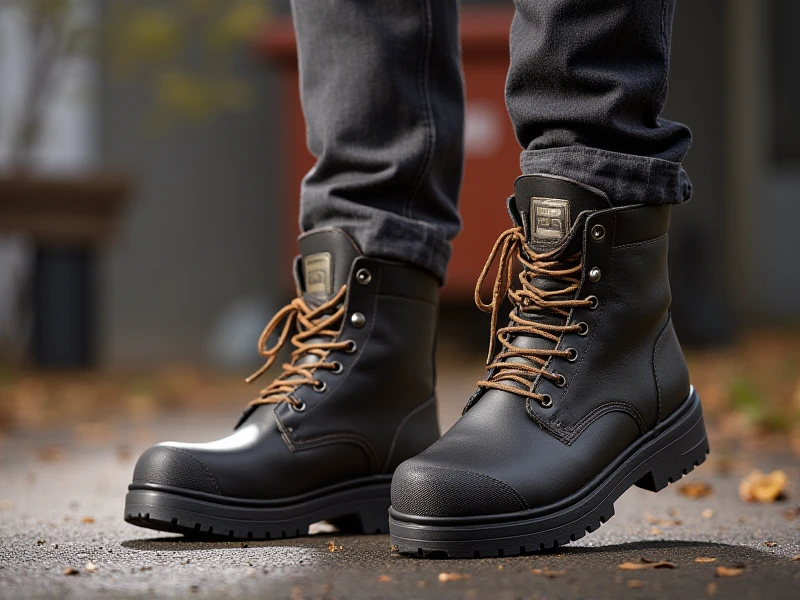Safety Boots: Essential Protection for Hazardous Work Environments

****
In my many years assessing workplace safety, few items are as fundamentally vital as safety boots. Whether you’re navigating slick factory floors, construction sites laden with sharp debris, or chemical handling zones, the right footwear isn't just compliance—it’s a lifeline.
Why Safety Boots are Non-Negotiable
Safety boots are engineered with critical protective features absent in regular footwear:
- Steel or Composite Toe Caps: Safeguard feet against crushing impacts from heavy falling objects. I’ve personally witnessed a steel toe cap prevent a devastating injury from a dropped 30kg tool.
- Puncture-Resistant Midsoles: Stop nails, glass shards, or sharp metal from piercing through the sole. Essential for demolition or scrap-handling work.
- Slip-Resistant Outsoles: Advanced tread patterns and rubber compounds maintain grip on oily, wet, or muddy surfaces—common culprits behind debilitating falls.
- Electrical Hazard Protection (EH): Isolates workers from live circuits up to 600 volts. Never compromise on this protection if wires or machinery are nearby.
Comfort That Drives Compliance
Protection fails if boots aren’t worn consistently. Modern designs integrate ergonomic support, shock-absorbing cushioning, and moisture-wicking linings. Wide-fit options and enhanced arch support significantly reduce fatigue during 10-hour shifts—a key priority I advocate for.
Understanding Safety Standards
Look for markings confirming adherence to regional standards:
- EN ISO 20345: European standard with multiple ratings (S1 to S5). S3 is common, providing toe protection, anti-slip, energy absorption, water resistance, and a penetration-resistant sole.
- ASTM Standards: U.S. guidelines with ratings like F2413-18 for impact or compression protection.
Choosing the Right Pair: A Quick Checklist
- Identify Hazards: Sharp objects? Electricity? Chemicals? Match boots to your specific site risks.
- Check Certifications: Ensure standards (EN/ ASTM) align with local regulations.
- Prioritize Fit: Sizes vary by brand; test with work socks insoles. Poor fit invites blisters and abandonment.
- Assess Comfort Features: Anti-fatigue tech, breathable materials, ankle support are worthy investments for long-term wearability.
Don’t see footwear as merely PPE—view it as your primary defense every time you step onto the job. Proper safety boots directly prevent avoidable injuries, keeping you confidently grounded when hazards arise. Explore our certified collection designed for real-world industrial demands—and ensure your safety stride never falters.